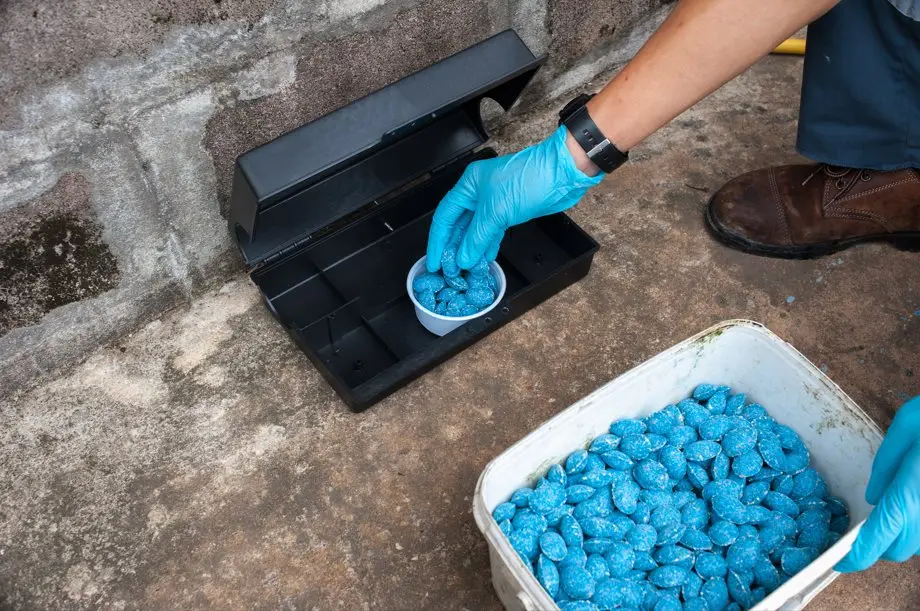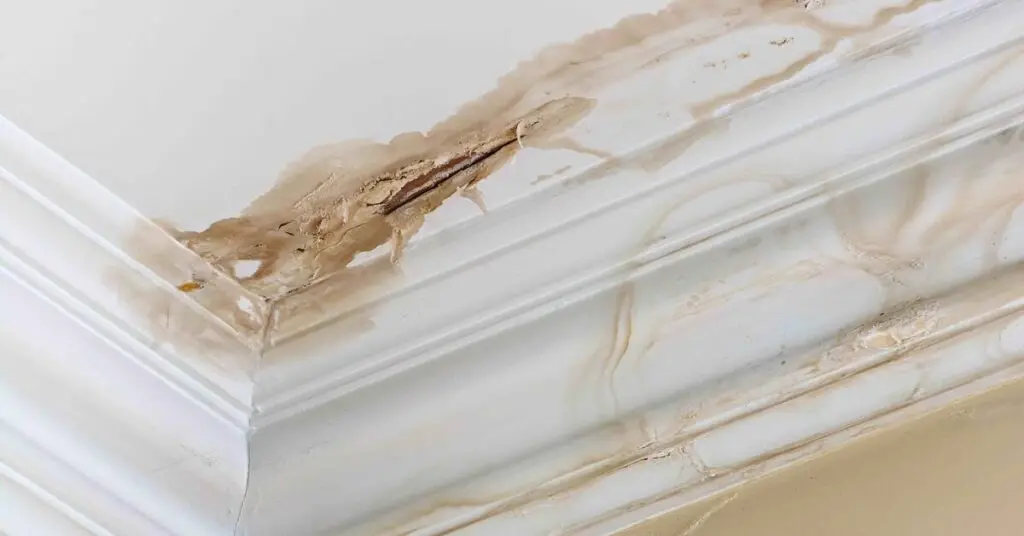Winter is the time when mice often seek shelter indoors, making your warm and cozy home an ideal target. These unwelcome visitors can cause significant damage and present health risks to your family. Understanding how to recognize early signs of infestation, prevent mice from entering, and apply effective extermination techniques is essential to maintaining a rodent-free home. This comprehensive guide will help you combat mice infestations effectively during the colder months.
Identifying Signs of Mice Infestation
Mice are nocturnal and elusive, so spotting them directly is often challenging. However, they leave behind distinct signs that can help you detect their presence early.
Droppings and Urine: Mice typically leave small, dark, pellet-shaped droppings in areas where they are active, like along baseboards, inside cabinets, or near food storage. You might also see faint urine stains, which become visible under a black light.
Gnaw Marks: Since mice continuously chew to maintain their teeth, look for fresh gnaw marks on furniture, walls, electrical wiring, or food packaging. New gnaw marks appear lighter than older ones.
Nesting Materials: Mice construct nests from shredded paper, fabric, or insulation. Discovering nests in hidden spots such as behind appliances or in closets is a clear indicator of infestation.
Noises at Night: Scratching, scurrying, or squeaking sounds from inside walls or ceilings often signal active mice.
Regular inspections of potential hotspots like basements, attics, and kitchens can help you detect and address infestations promptly.
Preventive Measures to Keep Mice Out
Preventing mice from entering your home is the most effective and sustainable way to control infestations. Even small gaps and cracks can serve as entry points for these tiny rodents.
Seal Entry Points: Carefully examine your home’s exterior and interior for any openings that mice could exploit. Use steel wool, caulk, or weatherproof foam to seal cracks around doors, windows, foundation, vents, and utility pipes.
Eliminate Food Sources: Mice are primarily attracted by food. Store food in sealed containers, clean up crumbs immediately, and keep pet food securely covered. Dispose of garbage promptly using tightly sealed bins.
Declutter and Organize: Clutter offers ideal hiding spots for mice. Organize storage areas, basements, and garages to minimize potential shelter. Store firewood and other materials away from the home.
Maintain Landscaping: Trim overgrown bushes and tree branches near your house, and keep lawns well-maintained to remove possible entry routes and shelters for rodents.
Choosing the Right Extermination Methods
When preventive tactics aren’t sufficient and mice have infiltrated your home, employing effective extermination methods becomes necessary.
Traps for Small Infestations: For minor mouse problems, snap traps or glue traps placed strategically along walls, behind appliances, or near nests are highly effective. Bait traps with peanut butter or cheese to attract mice.
Rodenticides for Severe Cases: In extensive infestations, rodenticides (mouse poisons) may be required. Use these products with extreme caution, especially if children or pets are present. Always follow label guidelines and consider consulting professionals before use.
Humane Options: Live traps offer a non-lethal alternative to capture mice safely. Release captured rodents far away from residential areas to prevent their return.
Professional Pest Control: Persistent or large infestations often require assistance from licensed pest control experts who can provide customized treatment plans and guarantee effective rodent removal.
Maintaining a Pest-Free Environment
After successfully eradicating mice, ongoing maintenance is vital to prevent reinfestation.
Regular Inspections: Conduct periodic checks for new entry points or signs of mice activity, addressing any concerns immediately.
Maintain a Clean Home: Continue to keep living spaces tidy and free from food particles to discourage rodents.
Use Deterrents: Natural repellents like peppermint oil or ultrasonic devices can create a hostile environment for mice without harming your family or pets.
Monitor Outdoors: Secure trash bins, place bird feeders away from the house, and keep landscaping well-trimmed to minimize outdoor attractions for mice.
Mice infestations are a frequent winter challenge but can be effectively controlled with proactive strategies. By recognizing early signs, implementing preventative measures, and using proper extermination methods, you can safeguard your home from these pests. Maintaining a clean, sealed, and well-monitored environment ensures a peaceful and pest-free winter season. For expert help, reach out to professional services such as At Once Wildlife and Pest.
In addition, understanding the behavior and ecology of mice can enhance your control efforts. Mice are highly adaptable and reproduce rapidly, with a single female capable of producing multiple litters annually. Their tiny size allows them to squeeze through openings as narrow as a quarter of an inch. Therefore, vigilance in sealing vulnerabilities around your home and maintaining sanitation is crucial. Integrating multiple control methods, combining exclusion, sanitation, and appropriate trapping or baiting, often yields the best results in achieving a rodent-free household throughout winter and beyond.



